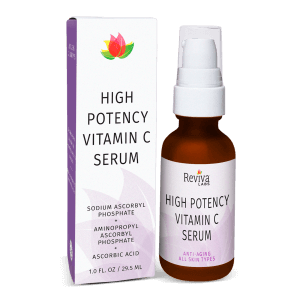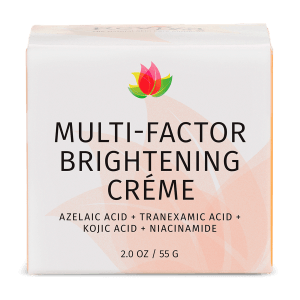In the realm of skincare, dextran is recognized for its hydrating, soothing, and anti-inflammatory properties, making it a beneficial ingredient in various cosmetic and dermatological formulations. This complex polysaccharide, composed of multiple glucose units linked together, has the ability to attract and retain moisture, thereby contributing significantly to skin hydration. This moisture-retention capability helps to maintain the skin’s barrier function, reduce transepidermal water loss, and keep the skin plump, supple, and well-hydrated.
Beyond its hydrating effects, dextran is also appreciated for its potential to soothe irritated skin and reduce redness. Its anti-inflammatory properties make it a suitable ingredient for products targeting sensitive or reactive skin types. By mitigating inflammation, dextran can help calm the skin, reducing discomfort and visible signs of irritation.
Moreover, some studies suggest that certain molecular weights of dextran may have anti-aging effects, such as improving skin elasticity and reducing the appearance of fine lines and wrinkles. This is thought to be due to its ability to stimulate skin’s natural processes and support the extracellular matrix, although more research is needed to fully understand these benefits.
Dextran’s versatility and gentle nature make it a popular choice for inclusion in a wide range of skincare products, including serums, creams, lotions, and masks. Its compatibility with other ingredients and suitability for all skin types, including sensitive and problematic skin, further enhance its appeal in the skincare industry.
In summary, dextran serves as a multifunctional ingredient in skincare, offering hydrating, soothing, and potentially anti-aging benefits. Its efficacy, combined with a good safety profile, ensures its continued popularity in formulations designed to nourish, protect, and rejuvenate the skin.
Dextran is a complex branched glucan (polysaccharide derived from the condensation of glucose), originally derived from wine. IUPAC defines dextrans as "Branched poly-α-d-glucosides of microbial origin having glycosidic bonds predominantly C-1 → C-6". Dextran chains are of varying lengths (from 3 to 2000 kilodaltons).

| |
| Identifiers | |
|---|---|
| ChemSpider |
|
| ECHA InfoCard | 100.029.694 |
| KEGG | |
| UNII | |
CompTox Dashboard (EPA)
|
|
| Properties | |
| H(C6H10O5)xOH | |
| Molar mass | Variable |
| Pharmacology | |
| B05AA05 (WHO) | |
Except where otherwise noted, data are given for materials in their standard state (at 25 °C [77 °F], 100 kPa).
| |
The polymer main chain consists of α-1,6 glycosidic linkages between glucose monomers, with branches from α-1,3 linkages. This characteristic branching distinguishes a dextran from a dextrin, which is a straight chain glucose polymer tethered by α-1,4 or α-1,6 linkages.









